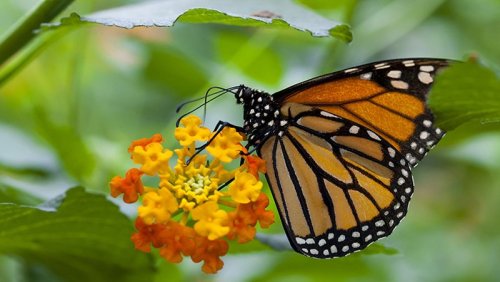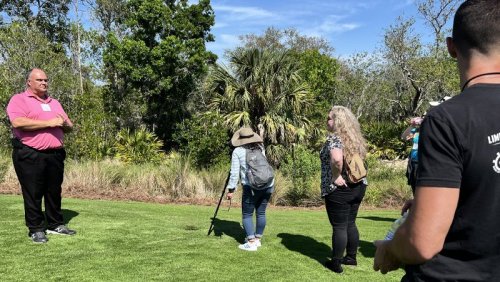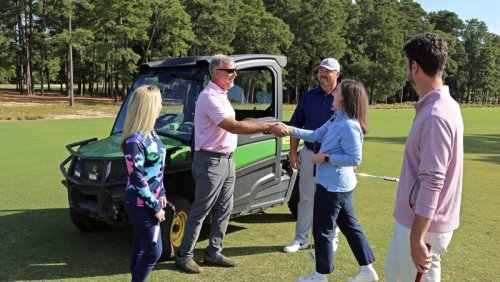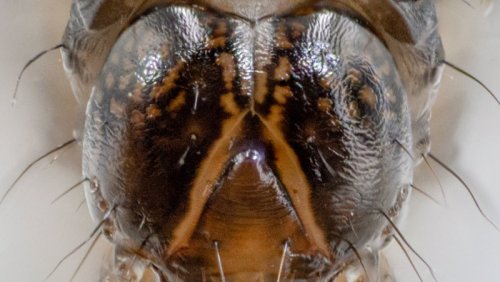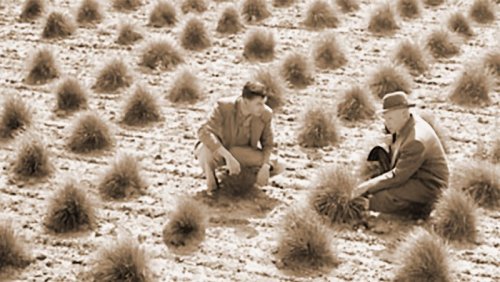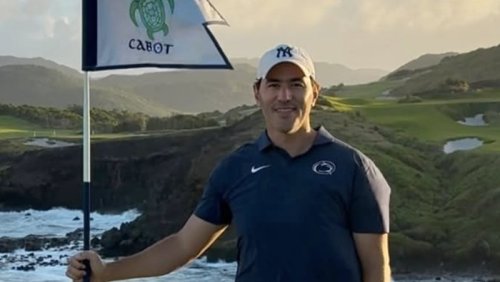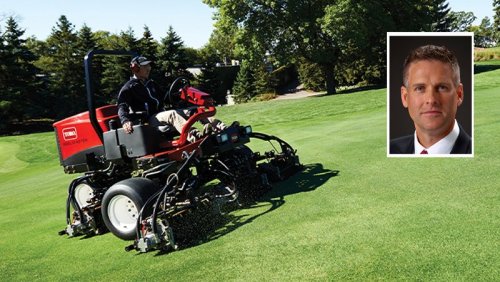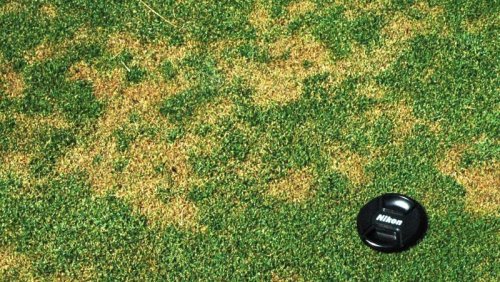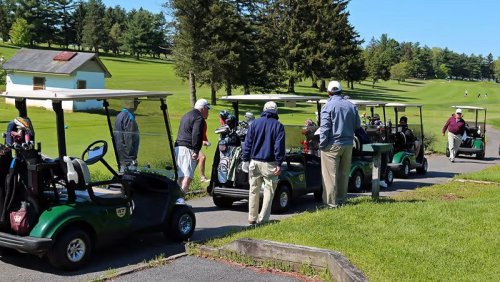
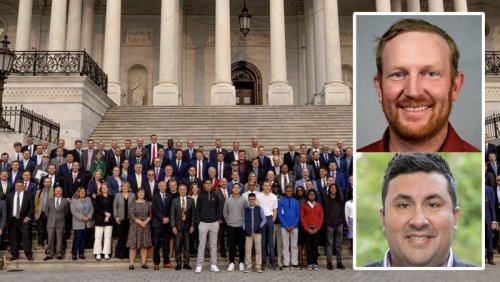
Anderson (right, top) is the assistant superintendent at City Park Nine Golf Course in Fort Collins, Colorado. Lewis (right, bottom) is director of golf course maintenance at Kingwood (Texas) Country Club.
The award recognizes those who have demonstrated growth in advocacy and advancement of the GCSAA's priority issues agenda through congressional outreach and relationship development with a member of Congress. The winners receive a trip to take part in the annual National Golf Day event in Washington, D.C., courtesy of Toro.
The award is part of the GCSAA Grassroots Ambassador program that matches GCSAA members with congressional offices to build strong relationships between them. More than 600 GCSAA members currently serve as ambassadors.
Anderson is paired with Rep. Joe Neguse (D-Colorado). He and fellow GCSAA members Ethan Howard, assistant superintendent at Pole Creek Golf Club in Winter Park, Colorado, and Scott Phelps, CGCS at the City of Fort Collins parks andgolf division, met with Neguse's field staff representative, Max Coker, to provide a better understanding of the beneficial asset that municipal golf courses are to the broader communities that they serve.
Lewis is paired with Rep. Daniel Crenshaw (R-Texas).
GCSAA names Martorana to newly created marketing, communications role
The GCSAA has named Brian Martorana (right) senior director of marketing and communication.
Mortorana has more than two decades of marketing experience. In this newly created position, he will provide overall direction and program management for marketing and all communications efforts to promote the impact of the association and the industry.
Before joining GCSAA, Martorana was vice president of marketing for MDaudit (sic), a provider of technologies and analytics tools. He held other senior level marketing positions in the technology, advertising and banking industries.
He is a graduate of Washburn University, where he earned a bachelor's degree in marketing and communications.
PBI-Gordon names industry veteran Applegate as president, CEO
PBI-Gordon Cos. chief operating officer Jackie Applegate, Ph.D., has been named the company's next president and chief executive officer.
Applegate (right) has been COO of Shawnee, Kansas-based PBI-Gordon Cos. since July 2024 and will succeed Steve Clifford effective Nov. 1. She will head PBI-Gordon Companies and its subsidiaries that include PBI-Gordon Corp., Pegasus Laboratories, Pet-Ag and TriviumVet. The COO position will not be filled; rather, each of the businesses will report to Applegate. PBI-Gordon Companies develops, manufactures, and markets leading products to the professional turf and ornamental industry as well as the companion animal health industry through its three subsidiaries.
Applegate, who earned a joined PBI-Gordon Cos. after spending 32 years at Bayer with extensive experience in global agribusiness, animal health, and specialty markets. In her new role, she will focus on advancing the company’s leadership position in the specialty turf and ornamental, animal health, and pet care markets. Most recently, she was president of Bayer Crop Science from 2021 to 2024.
- Read more...
- 1,719 views

